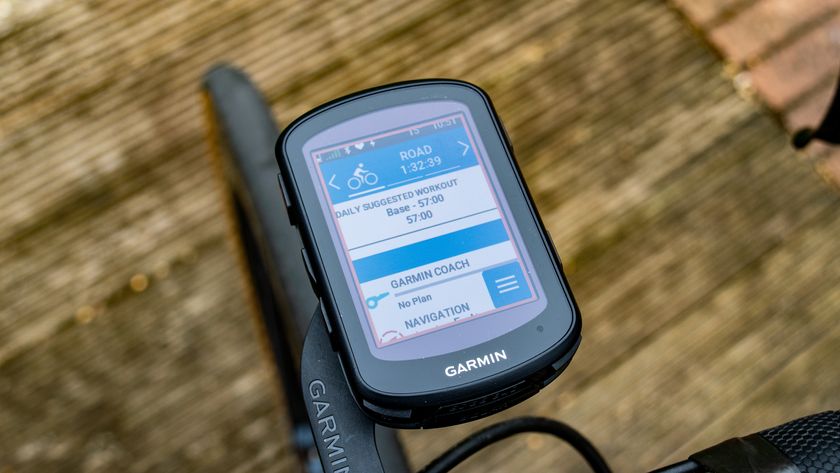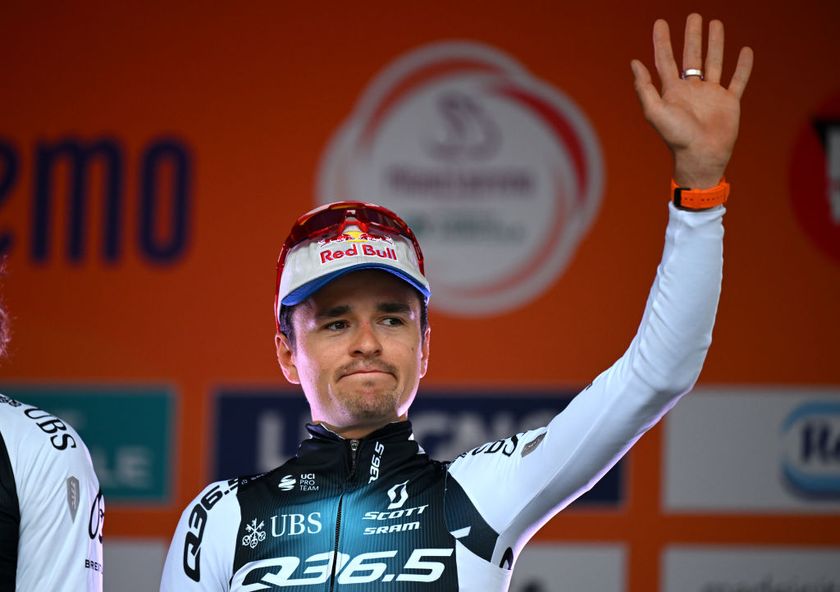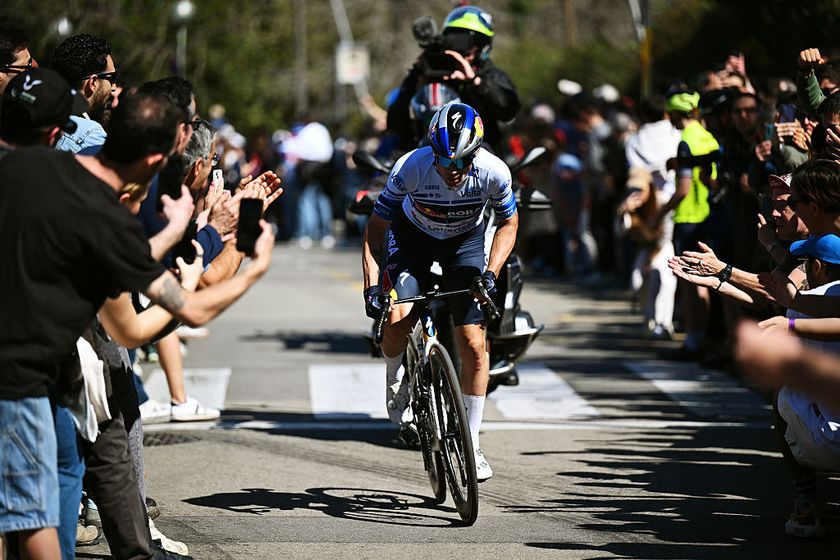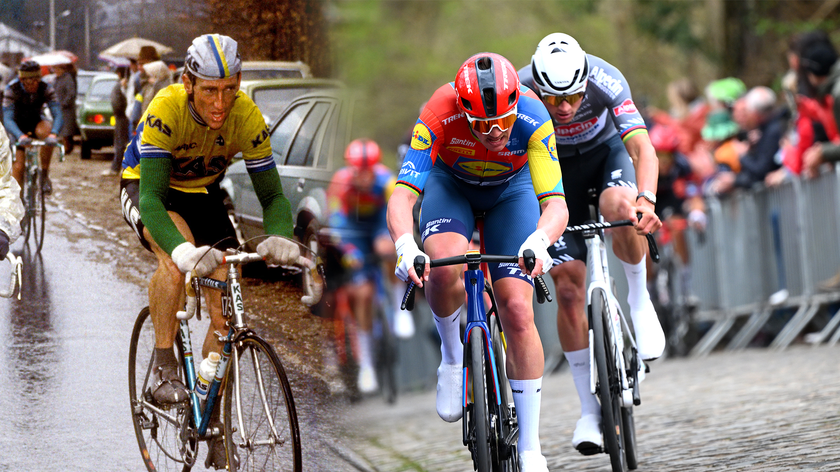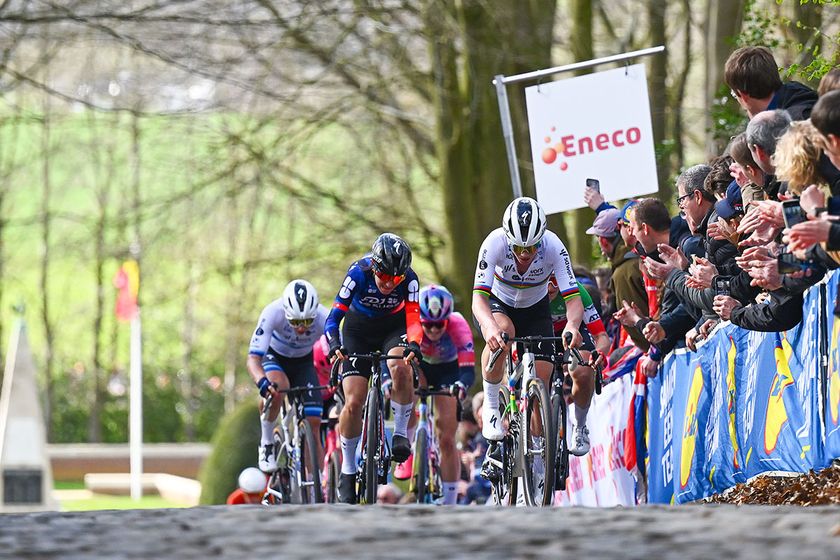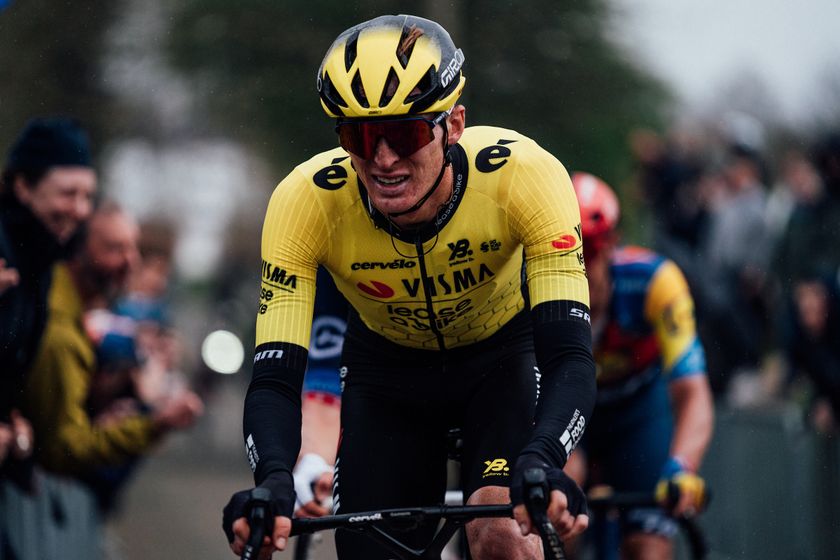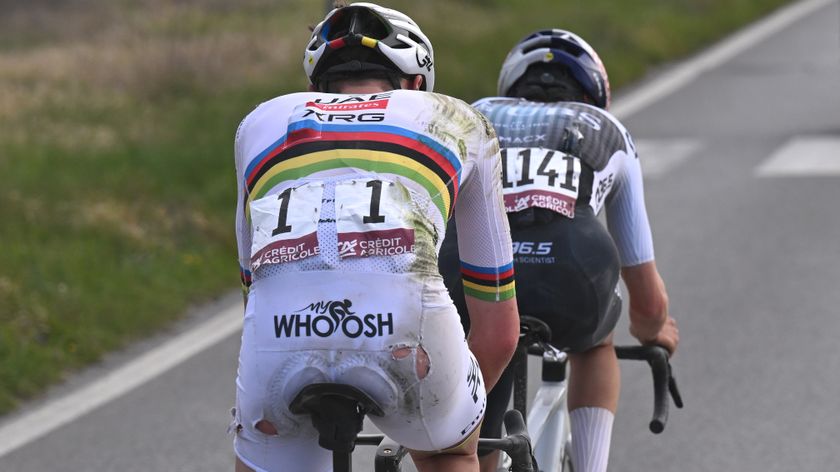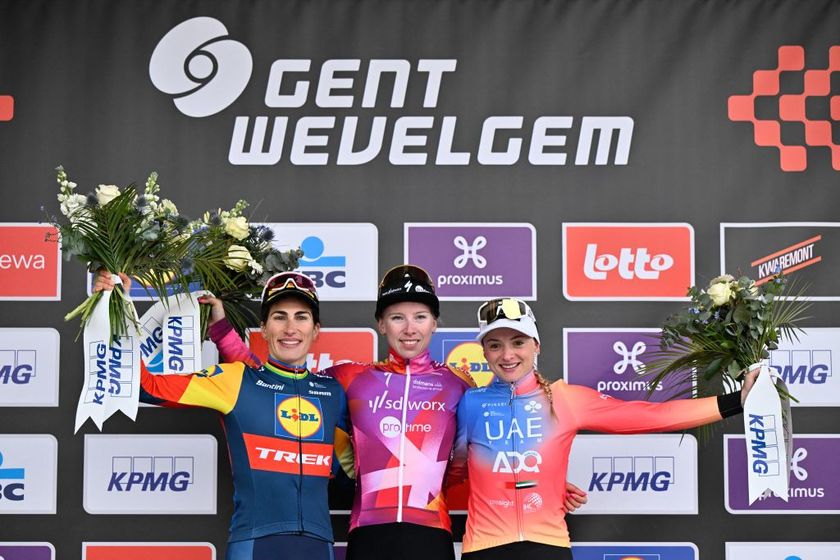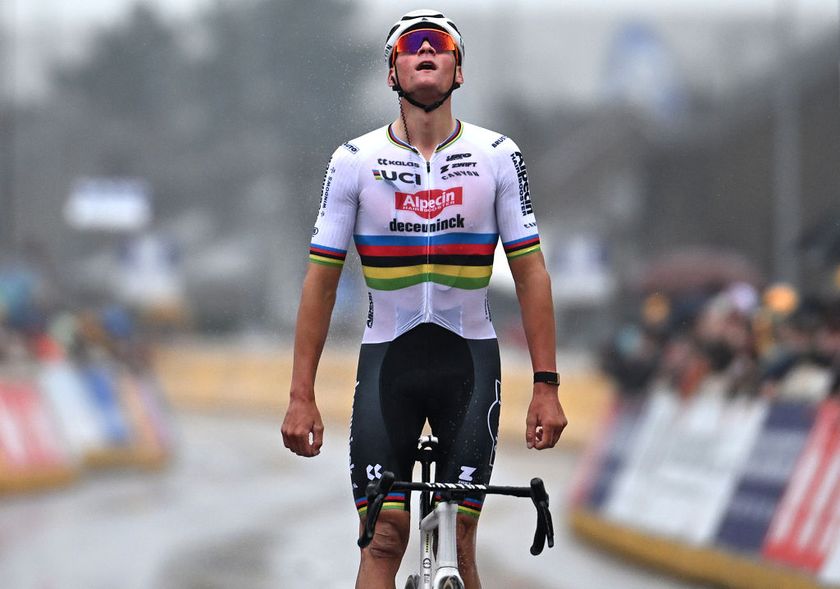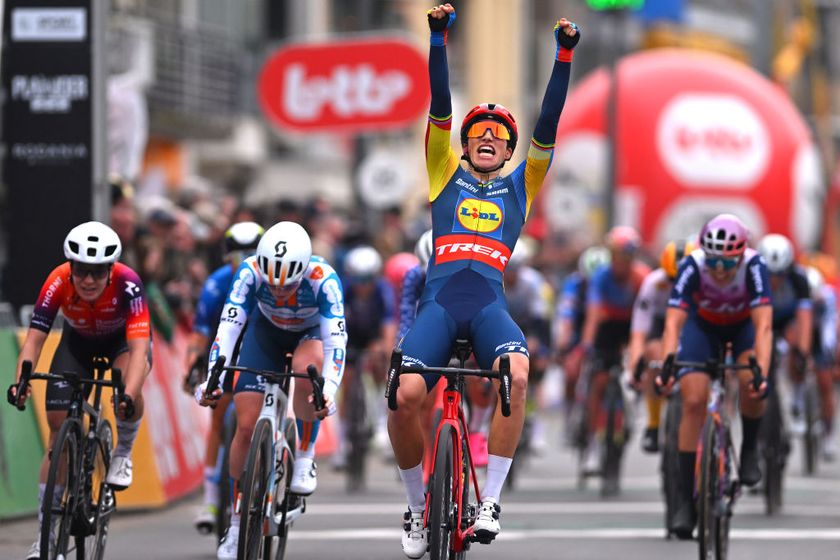Tech: In the wind tunnel with Jim Felt and Project 1t4i
James Huang heads to San Diego with the ProContinental team




































This article first appeared on Bikeradar.
Wind tunnel testing is horrendously expensive, riders usually can't feel the gains themselves out on the road, and between the riders, the bikes, the parts and the support staff it's a logistical nightmare. Even so, Felt Bicycles founder Jim Felt says it's well worth the effort and new team Project 1t4i should see the benefits this season.
Consider the San Diego Low Speed Wind Tunnel (LSWT for short) costs US$850 per hour, a week or more is often required for an entire team, the number of riders and staff involved, the mountain of equipment involved and the cost of getting everything on site (not to mention accommodations and other associated expenses), and shaving off a few seconds quickly becomes a five- or six-figure affair.
Even so, Jim Felt first began testing riders in the wind tunnel in the mid-90s – when it was still a rarity among cyclists." (it was by no means a far fetched concept however). Fast forward to 2012 and wind tunnel testing is considered essential for modern-day racing. Virtually every major team now spends time doing detailed aerodynamic work and those that do without can potentially be off the back even before leaving the start house. "In this day and age with all the riders on the same playing field, I absolutely believe it's a necessity to be competitive," says Felt.
Just as with aerodynamic equipment, drag reductions in rider position usually can't be felt barring major changes and additional equipment such as a power meter. From a rider's point of view, this means there's a certain element of faith involved in wind tunnel testing – the numbers tell you you're faster but on the road, you sometimes just have to believe it.
According to Felt engineer Ty Buckenberger, total rider-plus-bike drag typically measures around 3,000g, which at typical time trial speeds is said to equate to a power output of around 394W. A realistic post-wind tunnel testing reduction of 30g – just one percent – equates to about 3W of energy savings. Translated into time, that's about 15sec shaved off of a typical one-hour time trial.
Tunnel testing is expensive so make the most of it
Get The Leadout Newsletter
The latest race content, interviews, features, reviews and expert buying guides, direct to your inbox!
Felt sent the Project 1t4i riders on a week-long session of controlled, one-hour velodrome sessions before arriving in San Diego to establish some rough positions and set-ups on the team's new Felt DA machines. He and his crew also drafted a detailed plan for exactly what will be tested in the facility so as to waste as little time as possible. However, things often change based on test results and Felt says the test team has to be prepared for unexpected discoveries.
"All of a sudden you're on to something," he says. "Sometimes we find what we expected to, and sometimes we don't. It seems we learn something new every time we go in there. They have a saying in tunnel testing: 'Just one more run'. Just one more run usually ends up to be an extra two hours in the tunnel for us, as one find leads into another curiosity."
Experience also plays a critical hand in Felt's testing session. After over a decade of tweaking rider positions and bike setups, he has a good idea of what to look for. "The head is huge," he says. "It's where we get a lot of advantage. Although we see everything when it comes to body types of the riders (which makes a difference in itself when talking drag), huge gains can be made from the optimized head position as well as the arms and hands."
Aerodynamics isn't everything
Wind tunnel testing only provides one piece of the puzzle, though, and if the rider can't actually generate power while in an otherwise fast position, the finish time will obviously suffer. While some teams and riders opt for a more rigorously scientific approach, Felt instead sticks to a more traditional regimen and sends his riders back to the velodrome for another testing session – this time to validate what was done in the wind tunnel and ensure that the result isn't only an aerodynamic position but also one that's still powerful.
"I like to use a three-step approach when possible," Felt tells BikeRadar during our visit to LSWT. "First, identifying the best biomechanical position for that rider using a power meter on a closed circuit road or track and recording that data while making sure that the rider is 100 percent comfortable in his or her natural position. Most riders come into the tunnel being able to generate power quite well.
"Secondly, taking that position, one where we know their power is optimally generated, and beginning to work in their aero position," he continued. "With the amount of time we have logged in the tunnel and the history of elite athletes we've worked with, it's usually very clear where to begin and how to go through the sequence of adjustments. In the end, we like giving the rider two or three position variations to work on depending on the course conditions and their ability to ride in that position for what is their longest event.
"Third, we go back to that same closed circuit road or track to test and confirm those positions are possible over 'X' amount of time while rerecording their data. Marcel Kittel is a great example of a guy who puts out so much power and the last thing we want to do is to pull from that. It's difficult to finalize any positions in the tunnel simply because of all the environmental limitations, which don't exist out on the road. It's a toggled exercise."
Wind tunnel time is wasted if the changes aren't adopted
Felt openly contends that not everyone he's tested has been quite as receptive to suggested changes as others. For the most part, riders are happy to walk out of a test session knowing they'll be faster than they were before. "Whether the gains are big or small, it's all valuable to the rider," he says. "Knowing you got faster or removing any doubt about whether you were already fast all translates to gains. You have some riders that are totally into it and are constantly looking for every little edge – Kristin Armstrong is a great example."
Others, however, are more stubborn and sometimes revert to their old ways, unwilling to change despite what the numbers tell them. For them, wind tunnel testing results in nothing else than wasted time – and money – not to mention possible disadvantages on race day.
"You have some that'll simply go through the motions hoping that you'll give them a '30-second card' without changing anything on their part," Felt says. "I have to say that I was impressed with all the riders from our Project 1T4i team. They all wanted to be in there – even the sprinters. Some of the guys, Alexandre Geniez for example, we made big gains with right away. Others, such as Patrick Gretch, came in fast yet we were still able to 'find time'.
"I'm very pleased with the progress we made. For me, it's all about the numbers, data and gains. When you refine and optimize the biomechanics and aerodynamic position of any rider it's something they can feel and know is working for them. Numerical gains equate to time, and so does confidence."

